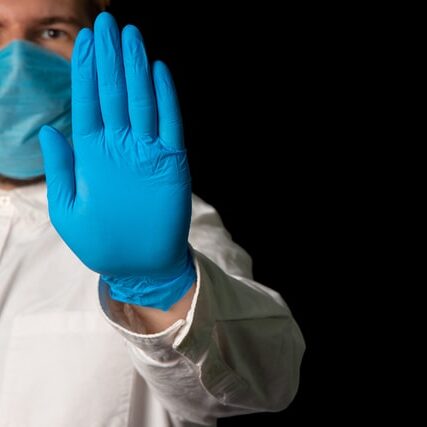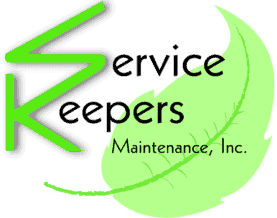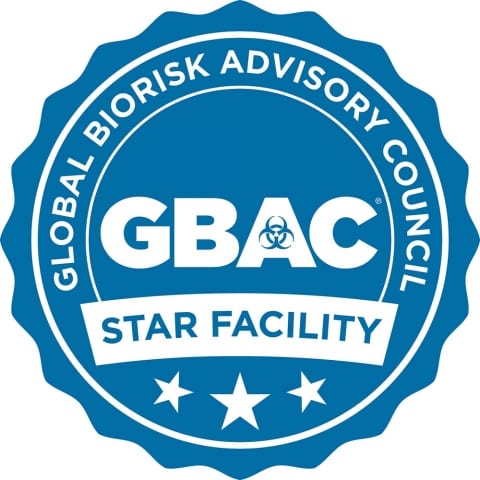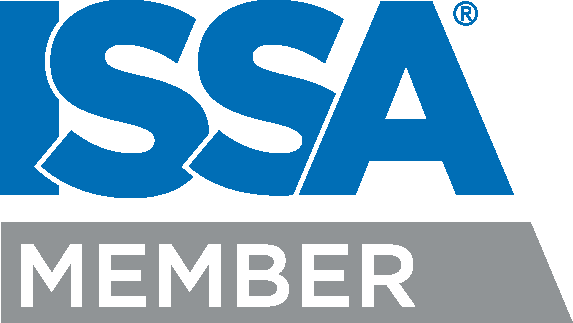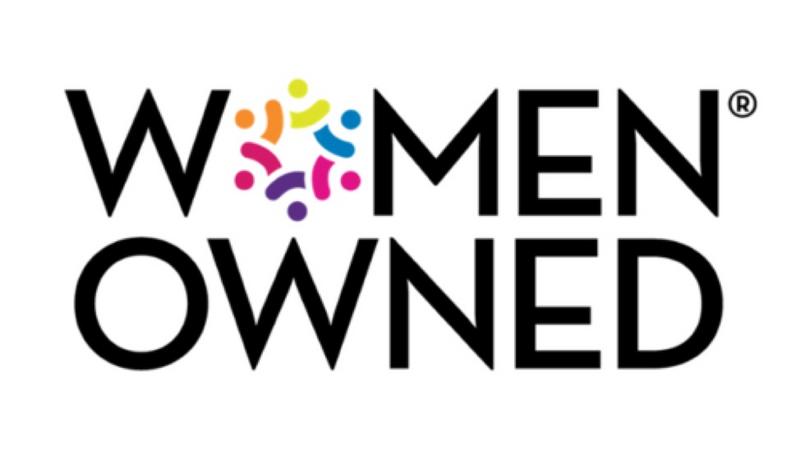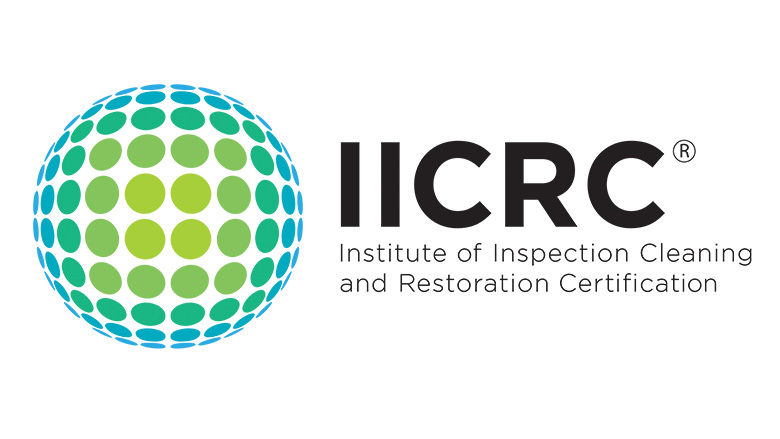Back to Work Does Not Mean Back to Normal
As this is being written in mid-February 2021, the number of coronavirus cases and the number of deaths have been going down. Because relatively few people so far have received any of the vaccinations now available, we must assume that this decline is the result of more people listening to the experts and taking necessary precautions.
Further, because cleaning plays such an integral role in keeping people healthy, cleaning contractors such as Service Keepers have also played a role. We have implemented several changes in cleaning methods, procedures, and the cleaning equipment we use, all to help ensure our clients’ facilities are not only clean but healthy.
Due to this decline in coronavirus cases, countries around the world are cautiously lifting remaining lockdown measures. This is also happening here in South Florida. The goal is to return to some semblance of everyday life after months of sometimes severe restrictions, including going back to work in office facilities.
However, back to work does not mean back to normal—far from it.
Precautions are still necessary. The following are steps and tips we are providing our clients to ensure they open safely, ensuring their staff’s health is protected.
Create a COVID Response Task Force
The task force requires several eyes, including those of building managers, tenants, cleaning contractors, and even vendors. Each person will see the facility in a different light. Adding cleaning contractors to the task force is essential. They likely know the facility better than anyone in the building. Together, all parties can develop a plan that ensures the health and safety of all those working in the facility.
Space Planning
This entails several things such as:
- Creating one-way hallways to reduce the chances of people crossing paths.
- Restricting how many people can ride in elevators.
- Limiting the number of people that work in enclosed areas.
- Installing floor markers to ensure proper distancing between desks and staffers.
- Installation of partitions to separate work areas.
- Eliminating waiting room areas as much as possible.
Messaging
We can never underestimate the power of messaging. Studies in school facilities have found that when students are reminded with signs to wash their hands, especially after using the restroom, hand washing goes up significantly. What’s true for the kids is true for the adults. Reminding staffers with signs and messages to wash their hands frequently, sanitize hands, maintain proper social distance, and wear masks helps everyone follow the rules, again protecting the health of all those using the facility.
Health and Safety Checks
Some facilities are now requiring staffers to have temperature checks upon entering the facility. Systems are now available that check the temperature of many people at one time. Further, staffers should be asked to fill out what are called “health declarations.” These declarations must be updated regularly but always remain confidential. They require staffers to verify that they and those in their immediate family are healthy and taking necessary steps to stay that way.
Back to Work and Cleaning and Disinfecting
The COVID-19 virus spreads mainly from person to person through respiratory droplets’ inhalation. But those same droplets can land on surfaces, where they can survive for several hours to several days. By touching a contaminated surface or object and then touching our mouth, nose, or eyes, we can become infected.
To address this challenge, we are implementing the following:
- Identifying high-touch areas in each facility we clean. This can include light switches, doorknobs, and drawer handles, but also tables, taps, sinks, commonly used electronics, chair tops, and more.
- Using new disinfecting technologies such as electrostatic sprayers that mist entire areas with a disinfectant. These provide much more thorough coverage than disinfecting surfaces manually.
- Putting much more emphasis on cleaning and disinfecting shared spaces. Conference and meeting rooms and lecture halls in schools will be used repeatedly. Thorough and effective cleaning will keep these shared spaces as clean, healthy, and contamination-free as possible.
The COVID pandemic is driving profound change. The points discussed here will help provide solid operational steps building managers can take to keep their facilities open and healthy.
Interested in learning more about getting back to work safely? Then get in touch today. We’re Service Keepers and we’re here for you.
